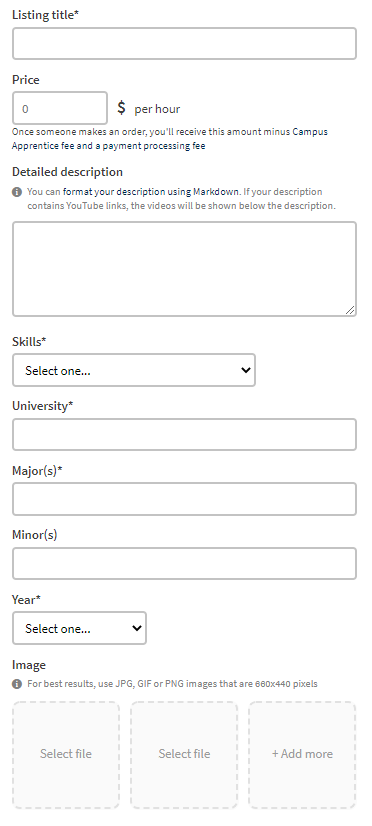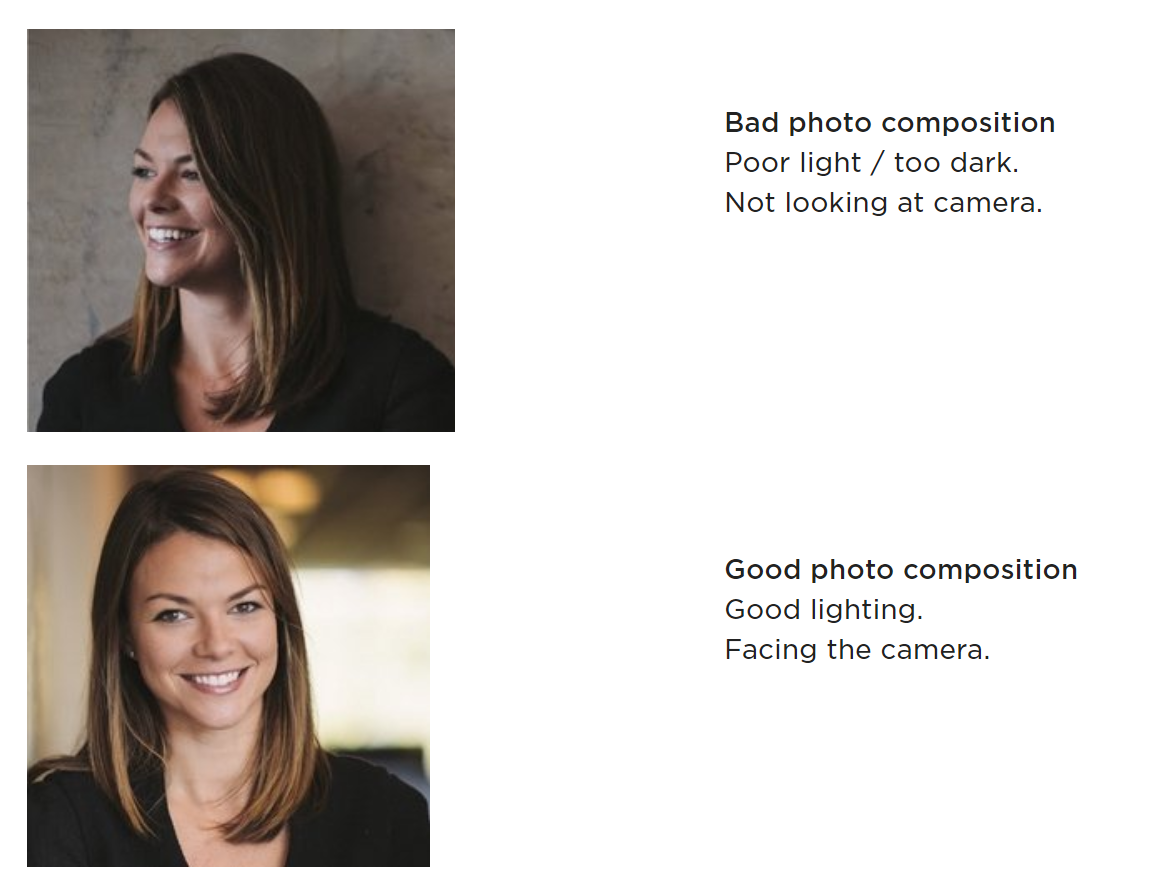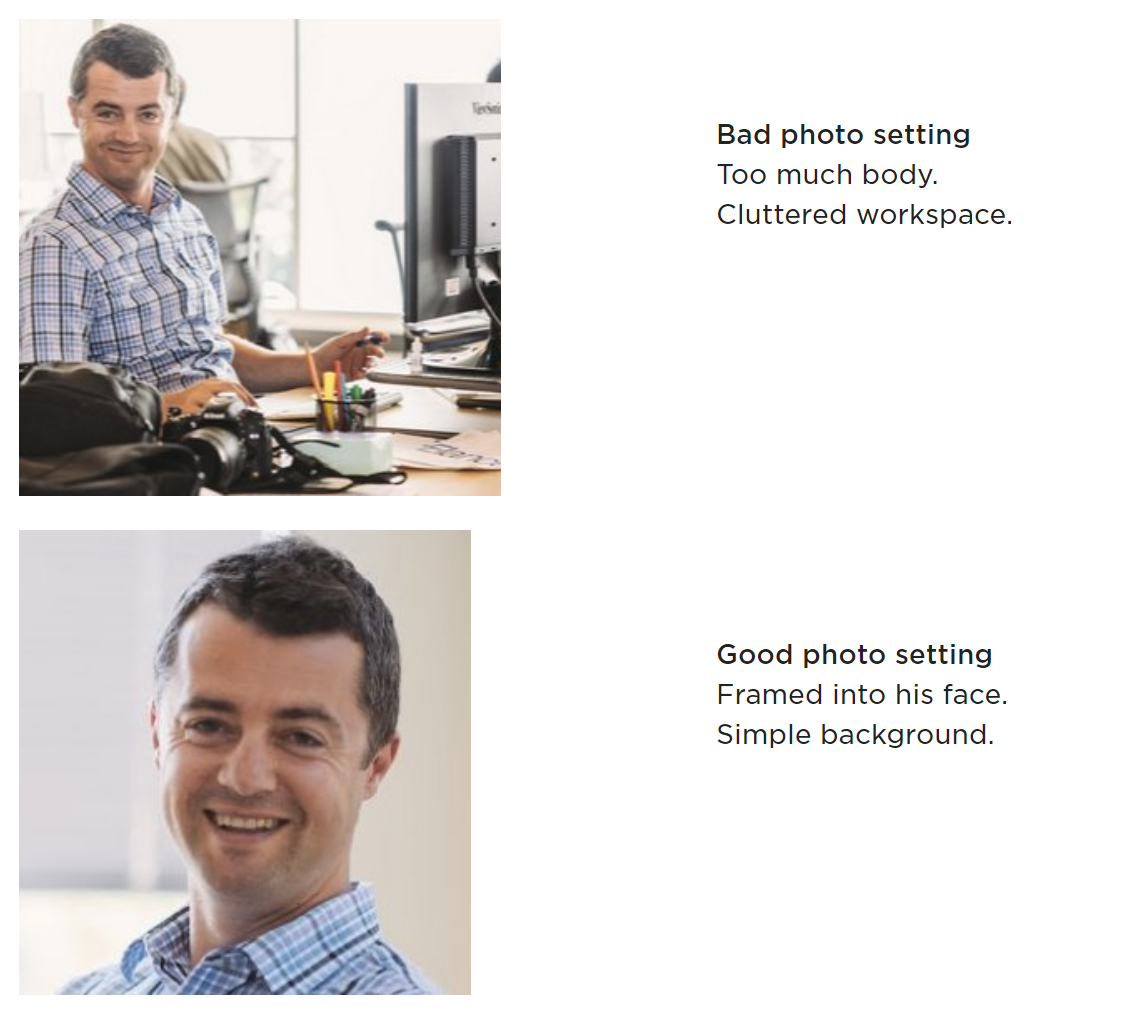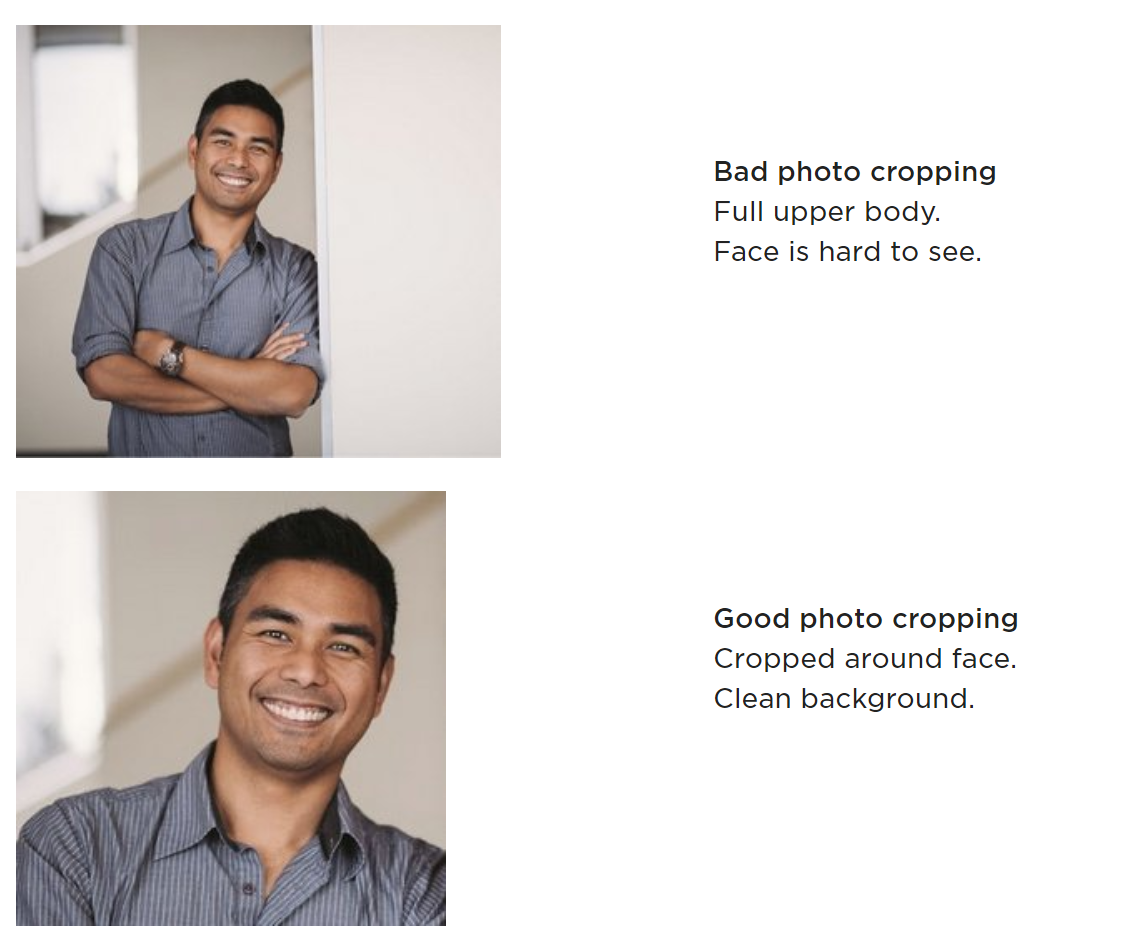How to Create a Student Profile That Works
Creating your profile is the first step to joining Campus Apprentice. While it’s easy to do, be sure to take the time to do it well.
A thoughtfully developed profile is absolutely essential to your success on Campus Apprentice. It’s your introduction to prospective clients, and your only way to grab their attention and set yourself apart from the competition.
Our profiles consist of your Name, University, Major, Year and Skills. The skills category is chosen from a drop-down menu. These are all simple fields to complete.
Additionally, the main three fields where you should focus your time are Listing Title (i.e. Maximize Your Business with Modern iOS Software Engineering), your hourly rate, and the Detailed Description (i.e. all of the text that serves as your mini-resume).
Client will be able request the number of hours to work with you at the hourly rate that you’ve set, and you’ll collaborate on the timeline for completing the project. Set an hourly rate that reflects your skills and experience level. You can search Campus Apprentice to get an idea of what similar freelancers are billing.
For the Listing Title, Detailed Description, and the rest of the profile, follow the next steps to ensure that it showcases your experience and expertise in the best light.
1. Use every part of your profile to showcase your skills
Campus Apprentice has an extensive list of standardized skills that can help quickly identify your strengths and connect you with relevant projects. These skills also help clients find you more easily, so they should reflect your specializations and expertise.
List up to 10 of the most relevant skills based on the projects you are looking for — the more the better. If you have multiple work interests (e.g. data analysis and accounting), list the number of skills proportional to how much you prefer each type of project.
As you develop your skills or add new ones.
2. Select a professional profile picture
Clients want to feel they can trust a freelancer before they engage them for a project and your profile photo is an important part of the equation.
Find your best light: Shady areas outdoors—without direct sunlight or on a cloudy day—are a great lighting choice. Inside, avoid overhead light, which creates harsh shadows, and instead look for natural light.
Simplify the background: Look for a plain and light background that is clear and uncluttered. A solid, not-too-bright wall—such as the side of a concrete or brick building—or a simple outdoor background might work well.
Focus on your face: Face the camera straight on or with your shoulders at a slight angle. Crop the image so you only include your head and the top of your shoulders. Dress in professional attire and remember to smile! Clients find smiling freelancers more warm, friendly, and trustworthy.
Get ready for the photo shoot: Have someone take your photo for you, or set up a tripod and take the photo yourself, and select the highest resolution to help ensure a crisp photo. Consider taking multiple photos, in several locations and with different poses, so you’ll have a variety to choose from.
3. Showcase your expertise in the listing title and detailed description
Coming up with a title may seem simple, but it’s a potentially powerful tool that’s often overlooked by freelancers. Why is it so important? Because when a client finds your profile in search, your title is the first thing they’ll see.
Your overview isn’t entirely visible until someone checks out your profile, but since it’s at the top of your profile it’s also a highly visible part of your marketing. Use it to introduce yourself and pitch your services.
Whether you’re a web developer, a writer, or an accountant, your freelancer profile is an important tool that’s often underestimated. Your profile is an opportunity to convey your confidence and competence to potential clients.
Your title is one of the first things potential clients will see on your profile — a few words that can have a big impact on whether they read more or continue considering you for their project. Clients see a well-written title as an indication of a freelancer’s expertise and quality. There are many different ways to write a catchy title, here are a couple of ideas to help you figure out the best approach for your business:
Be simple and succinct. Create a focused title that describes your expertise and indicates the type of projects you’re looking for to help readers understand what you do. But keep it short! The ideal length for a title is 8 words or less.
Be specific. The more precise you can be in your title about the services you offer, the more likely it is to catch the attention of businesses that need your particular expertise. For example, if you’re a customer service expert, think about the specific services you want to highlight, such as live chat support, email support, or ticket support.
Be unique. Craft an original and meaningful title that captures your occupations, specializations, and expertise. But avoid generic descriptions, such as “hard-working” or “reliable”—use your overview section to get that message across!
For the detailed description for yourself, keep following tips in mind:
Be client-centric. Focus on how you can help prospective clients achieve their goals. Include words and phrases that potential clients might use when looking for freelancers who have your skills. This can help a feeling of familiarity and can help match you with more relevant projects. Consider describing the type of clients you usually work with or perhaps even your ideal client and the types of challenges you can help them overcome.
Be original and creative. Let your personality shine through and include some of your excitement for the work you do instead of just talking facts. Describe your strengths and qualities, be clear about your expertise, explain what you’re passionate about, and talk about the work you do. Consider including past accomplishments and projects, elaborating on your preferred working style and your business values. But remember: Your profile isn’t just about you! Its main objective is to show potential clients the value of what you can do for them.
Be bold. A good way to show clients that you’re experienced and reliable can be to include testimonials that vouch for your background and professionalism. This can include testimonials from a former boss, coworker, or client — but you can also use former professors, teachers, or classmates as references. However, any testimonials should be relevant to the type of projects you’re looking for. Illustrating your expertise through quotes from previous experiences can be a powerful tool.
Remember to keep our Terms of Service in mind: For example, you shouldn’t provide any contact information—such as your email address, phone number, or any contact information—in your profile.
4. Highlight your best work in your portfolio
There is an optional image gallery associated with your profile. These images can show your portfolio of prior work as images, screenshots, photographs, writing samples, etc.
Your portfolio is practically guaranteed to draw a potential client’s attention: It’s your chance to show—not just tell—the quality of your work and the value of your expertise.
Choose pieces that reflect your niche and help prove your specialization. If your skills aren’t particularly visual, try to find creative ways to explain the challenge behind each sample and how your work had an impact.
5. List your certifications
Listing any certifications you’ve earned can help prove your specific knowledge or abilities, particularly if they relate to specific systems or software your clients may look for.
6. Include your employment history
Adding relevant details about your employment history can help clients understand your background, both on and off Campus Apprentice. Focus on what’s relevant (i.e. don’t include your waiter job if you’re profile is for a graphic designer).
You can start by adding a brief description of your responsibilities and accomplishments in your previous roles. Pay particular attention to projects that relate to the type of projects you are looking for now.
As your freelance business grows, consider adding new entries for a few of your most impressive projects to help reconfirm your credibility.
If you don’t have a traditional employment history, consider adding your freelance business as a one line item, with a brief description summarizing your focus. You can use bullet points to highlight achievements and illustrate your specific expertise.
7. Include your educational background and other experiences
Your knowledge doesn’t just stem from your previous work experience! Your education and other activities — such as volunteer positions, mentorship programs, courses and class-based projects, and other extracurricular activities — can also help shape what you do and how you present yourself online.
Clients know that you’re a college students, just like everyone else on Campus Apprentice. It’s totally fine to include more course and class-based project experiences than professional experiences if that’s what you have to share today.
8. Review and analyze your profile
You may find inspiration viewing other freelancers’ profiles, but remember to make yours original and unique.
Consider the following additional tips:
Make your profile about your clients. How can you help them?
Be consistent with your strongest skills and leverage all profile sections to back up your skills
Be concise and straightforward in your language
Proofread each section carefully and update your profile regularly
Be responsive by replying quickly to invitations and messages
And before you publish your profile, ask friends to give you feedback. Another good tactic is to read your profile out loud: It’s a great way to see if your profile flows well, has a nice rhythm, and sounds like you.




